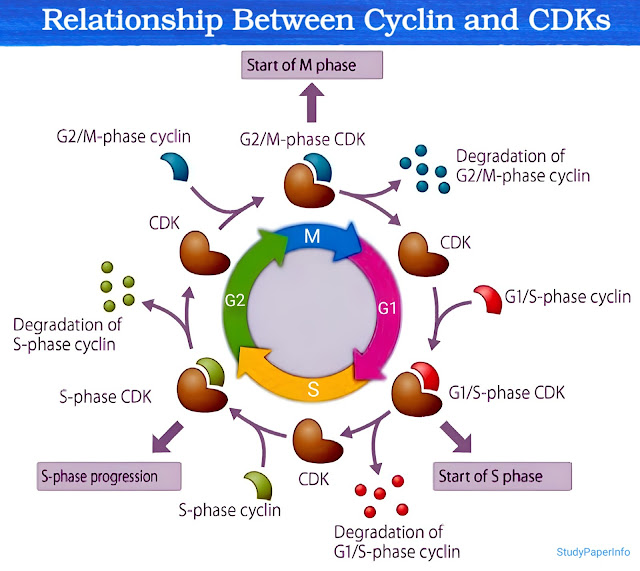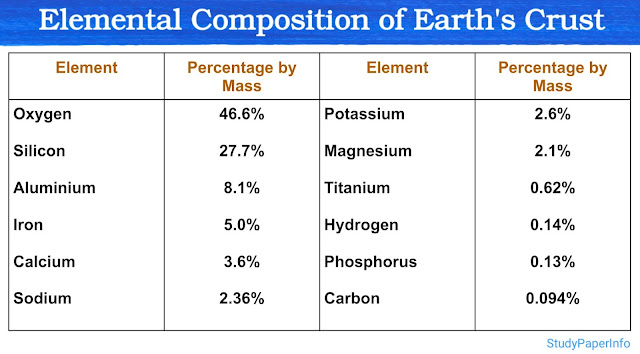Name some CDKs involved in cell cycle regulation in animals
Cyclin-dependent kinases (CDKs) are crucial regulatory enzymes that play a key role in regulating the cell cycle in animal cells. They are called "dependent" because their activity is not independent. These kinases need to be activated by binding with another group of proteins known as cyclins. This interaction allows CDKs to regulate the progression of the cell cycle, ensuring that each phase happens at the right time and in the right sequence. The cell cycle is highly controlled to prevent errors in cell division, which could lead to diseases such as cancer.
Main CDKs Involved in Cell Cycle Regulation
There are four main types of CDKs involved in cell cycle regulation in animals: CDK1, CDK2, CDK4 and CDK6. Each of these CDKs has its own specific role and they function at different stages of the cell cycle. Their activation is crucial for the cell to progress through the various phases of growth, DNA replication and division.
Role of CDK1
CDK1 is one of the most important CDKs and is critical for the progression of the cell cycle. It works during the G2 to M phase transition. In this phase, CDK1 binds with Cyclin B, forming the Cyclin B-CDK1 complex. This complex is the primary driver of mitosis (M phase). When activated, CDK1 helps in chromosome condensation, spindle formation and the breakdown of the nuclear envelope, all necessary steps for cell division. The proper activation of CDK1 ensures that mitosis proceeds smoothly and without it, the cell cannot enter or progress through mitosis.
Role of CDK2
CDK2 is mainly involved in the G1 to S phase transition and also plays a role in the S phase itself. In the late G1 phase, CDK2 binds with Cyclin E to form a complex that allows the cell to move into the S phase, where DNA replication occurs. Once in the S phase, CDK2 continues to function by binding with Cyclin A, facilitating the progression of DNA replication. This makes CDK2 essential for the replication of genetic material, ensuring that the cell is ready to divide.
Role of CDK4 and CDK6
CDK4 and CDK6 are active mainly in the early G1 phase. These CDKs form complexes with Cyclin D and together they begin the process of cell cycle progression. Their main task is to phosphorylate the retinoblastoma protein (Rb), which normally acts as a brake on the cell cycle. Phosphorylation of Rb leads to the release of the E2F transcription factor, which then activates the genes required for DNA synthesis. This allows the cell to proceed from the G1 phase into the S phase. The activity of CDK4 and CDK6 is especially important in regulating the cell's response to external signals, such as growth factors.



Comments
Post a Comment